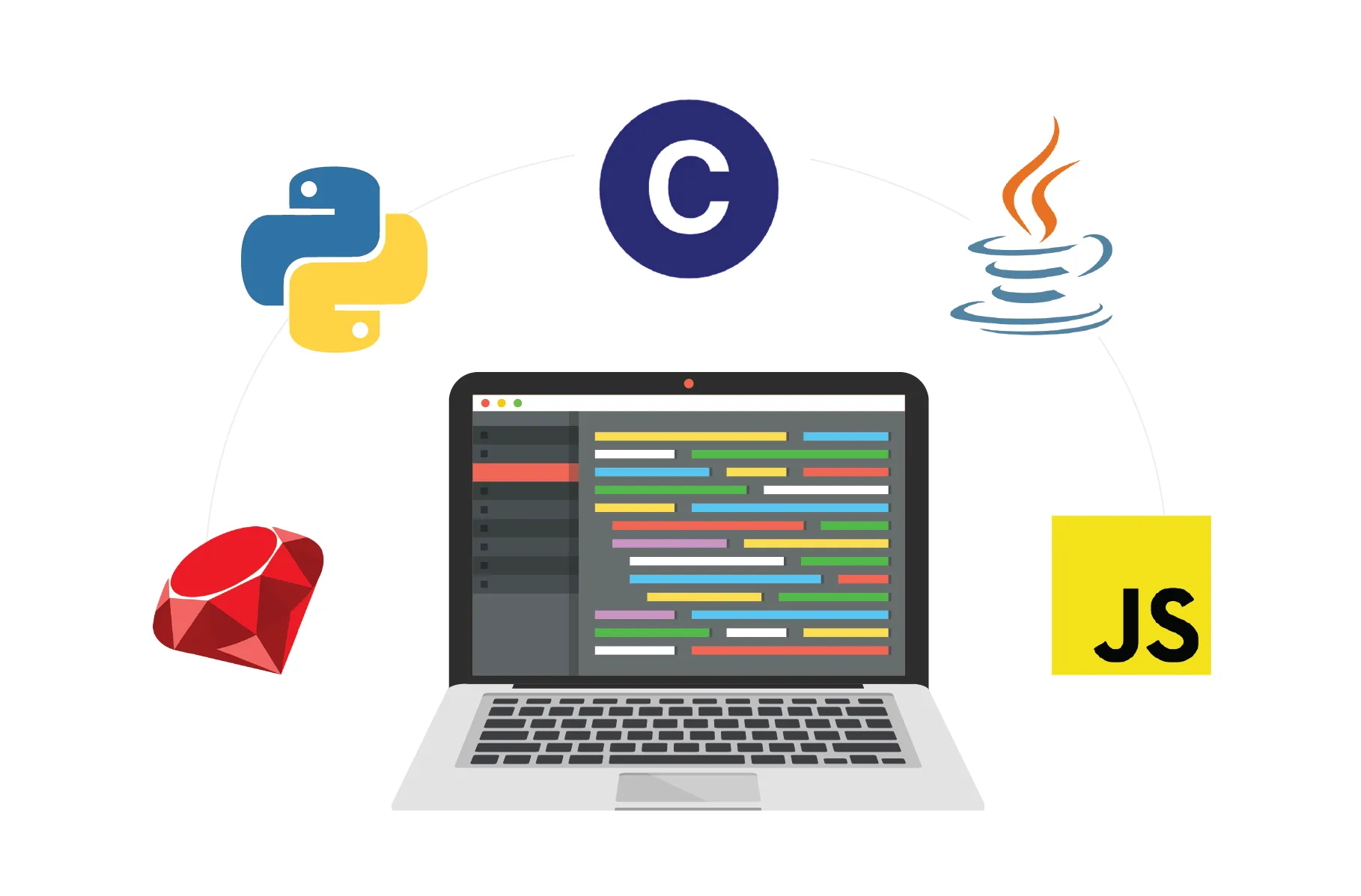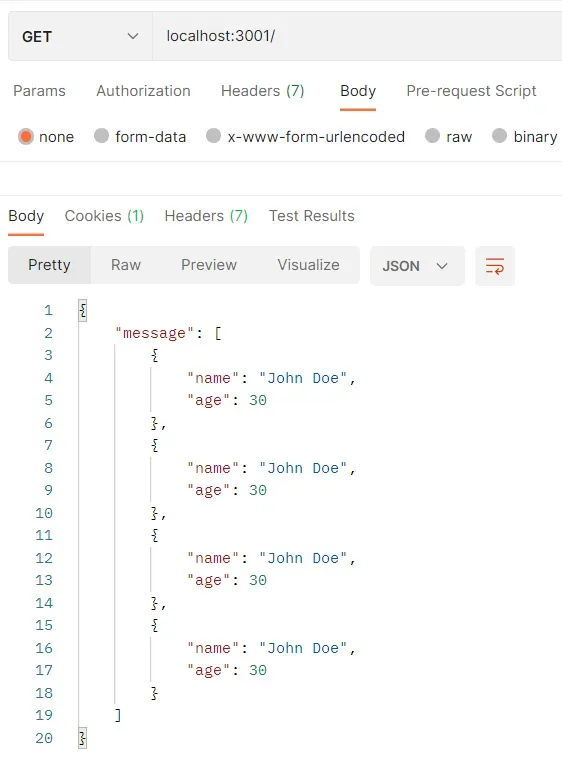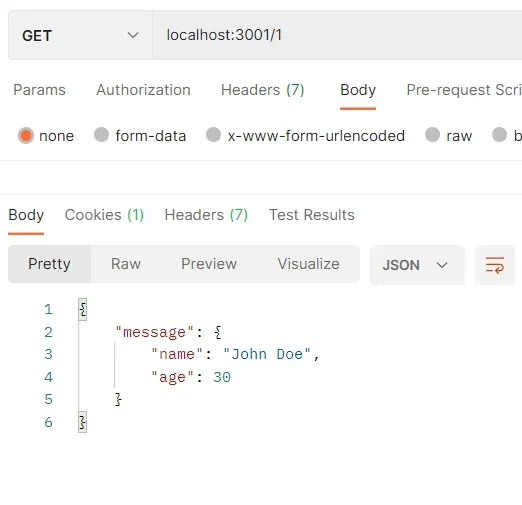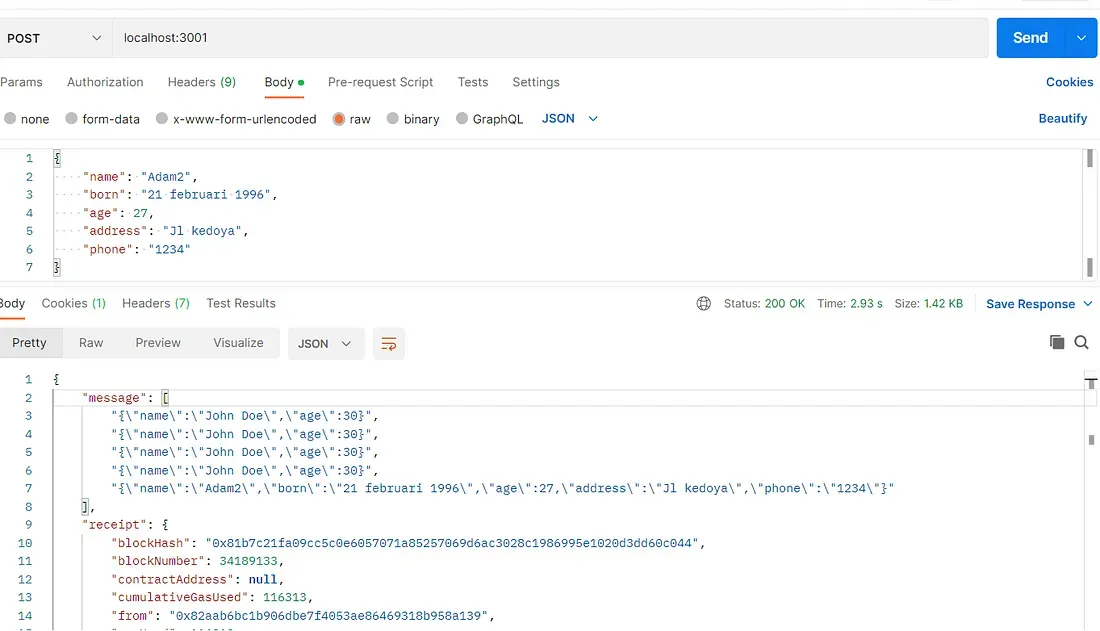Vibe Coding: The Programming Revolution Taking 2025 by Storm
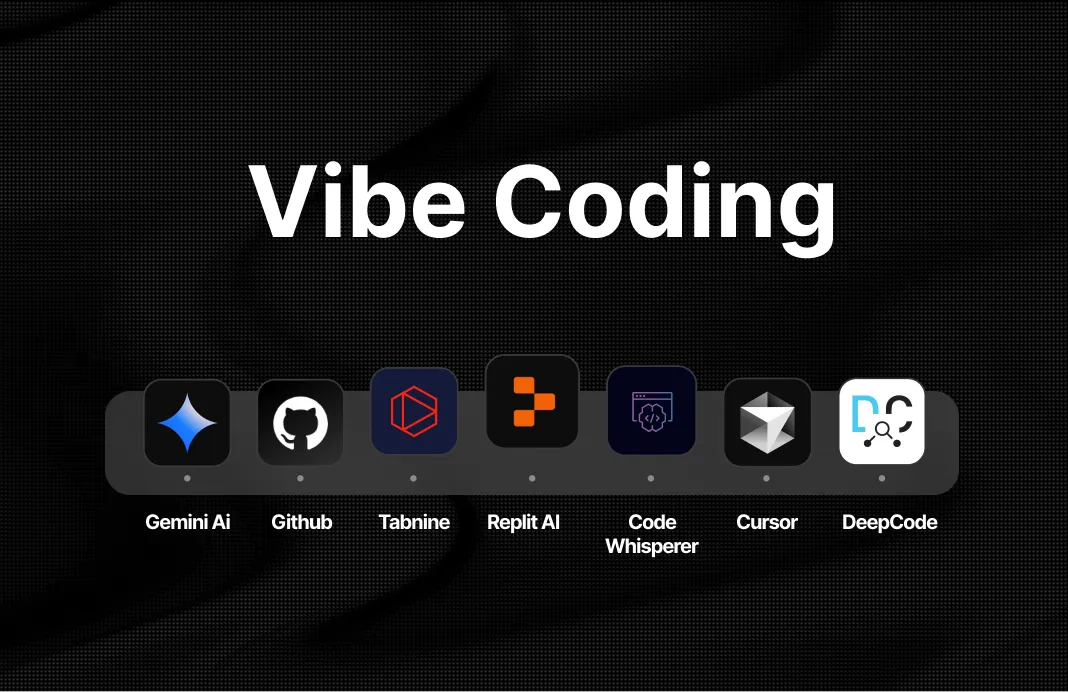
The software development landscape is experiencing a seismic shift in 2025, and it has a name: vibe coding. This revolutionary approach to programming is changing how we think about software development, making it more accessible while sparking intense debates about the future of coding itself.
What Exactly is Vibe Coding?
Section titled “What Exactly is Vibe Coding?”Vibe coding represents a fundamental departure from traditional programming methodologies. Instead of manually writing lines of code, developers use natural language descriptions to instruct AI agents to generate working software. The term was popularized by computer scientist Andrej Karpathy, co-founder of OpenAI and former AI leader at Tesla, in February 2025.
At its core, vibe coding is about focusing on the creative aspects of app development rather than getting bogged down in technical implementation details. It’s a conversational approach where you describe what you want your software to do, and AI tools transform those descriptions into functional code.
The Vibe Coding Process
Section titled “The Vibe Coding Process”The methodology typically follows these steps:
- Natural Language Description: Explain your desired functionality in plain English
- AI Code Generation: Let AI tools create the initial codebase
- Iterative Refinement: Work collaboratively with AI to improve and modify the code
- Outcome-Focused Development: Concentrate on what the code should accomplish rather than how to write it
- Rapid Prototyping: Build functional applications quickly without deep technical expertise
Popular Tools Driving the Movement
Section titled “Popular Tools Driving the Movement”Several platforms have emerged as leaders in the vibe coding space:
- Replit: Web-based coding environment with integrated AI assistance
- Cursor: AI-powered code editor designed for natural language programming
- GitHub Copilot: Microsoft’s AI pair programmer
- Claude and other LLMs: Conversational AI tools for code generation
These tools are particularly popular among Y Combinator startups, enabling rapid development and launch of AI-powered applications.
The Bright Side: Why Vibe Coding is Gaining Traction
Section titled “The Bright Side: Why Vibe Coding is Gaining Traction”Democratization of Development
Section titled “Democratization of Development”Vibe coding’s most compelling advantage is its ability to lower the barrier to entry for software development. People with innovative ideas but limited coding experience can now create functional applications by simply describing their vision in natural language.
Speed and Efficiency
Section titled “Speed and Efficiency”The approach enables unprecedented development speed. What once took weeks of coding can now be accomplished in hours or days. This rapid prototyping capability is particularly valuable for:
- MVP development for startups
- Quick proof-of-concept builds
- Experimental feature testing
- Automation script creation
Creative Focus
Section titled “Creative Focus”By removing the burden of syntax and implementation details, vibe coding allows developers to focus on creative problem-solving and user experience design rather than technical minutiae.
The Dark Side: Limitations and Risks
Section titled “The Dark Side: Limitations and Risks”Code Quality Concerns
Section titled “Code Quality Concerns”The most significant criticism of vibe coding centers on code quality. Many vibe-coded projects may appear functional on the surface but harbor serious underlying issues including:
- Absent or inadequate error handling
- Poor performance optimization
- Questionable security practices
- Logically fragile code architecture
Technical Debt Accumulation
Section titled “Technical Debt Accumulation”Vibe coding can create substantial technical debt through:
- Inconsistent Coding Patterns: AI generates solutions based on different prompts without unified architectural vision
- Patchwork Codebases: Similar problems solved in dissimilar ways throughout the application
- Maintenance Challenges: Difficulty in understanding and modifying AI-generated code
Security Vulnerabilities
Section titled “Security Vulnerabilities”The automated nature of vibe coding introduces new security risks:
- AI may inadvertently generate code with security flaws
- Difficulty in comprehensive code review
- Unknown vulnerabilities in AI-generated solutions
- Lack of security-first thinking in the development process
Skill Erosion Risk
Section titled “Skill Erosion Risk”Perhaps the most concerning long-term implication is the potential impact on developer skills. Over-reliance on AI tools may lead to:
- Weakened programming fundamentals
- Reduced understanding of system architecture
- Diminished debugging and problem-solving abilities
- Loss of critical thinking in software design
The Enterprise Reality Check
Section titled “The Enterprise Reality Check”While vibe coding excels in rapid prototyping and experimentation, it faces significant challenges in enterprise environments where factors like performance, accessibility, security, maintainability, and cost efficiency are paramount. Traditional software engineering practices remain crucial for production systems that require reliability and scalability.
Finding the Balance: The Future of Vibe Coding
Section titled “Finding the Balance: The Future of Vibe Coding”The most promising path forward involves treating vibe coding as a powerful complement to, rather than replacement for, traditional programming skills. The optimal approach might involve:
- Using vibe coding for rapid prototyping and ideation
- Applying traditional programming practices for production systems
- Maintaining strong foundational programming knowledge
- Leveraging AI tools to enhance rather than replace human expertise
Conclusion: A Tool, Not a Revolution
Section titled “Conclusion: A Tool, Not a Revolution”Vibe coding represents an exciting evolution in software development, offering unprecedented accessibility and speed. However, like any powerful tool, it comes with trade-offs that developers and organizations must carefully consider.
The key to success in the vibe coding era isn’t choosing between AI-assisted development and traditional programming—it’s learning to use both approaches strategically. As we navigate this new landscape, the developers who thrive will be those who can harness the power of vibe coding while maintaining the critical thinking and fundamental skills that make great software possible.
The vibe coding trend is here to stay, but it’s not the end of programming as we know it. Instead, it’s the beginning of a new chapter where human creativity and AI capability combine to push the boundaries of what’s possible in software development.
What are your thoughts on vibe coding? Have you experimented with AI-assisted development in your projects? The conversation about the future of programming is just getting started.




